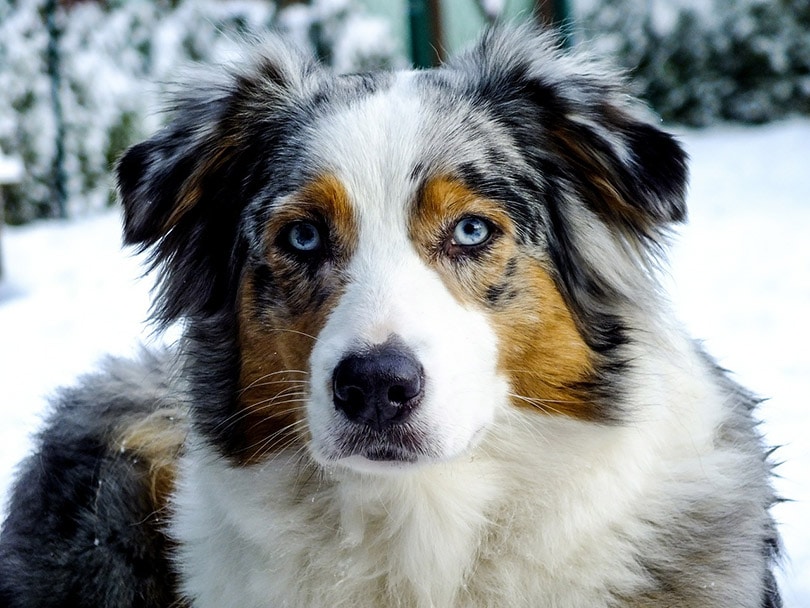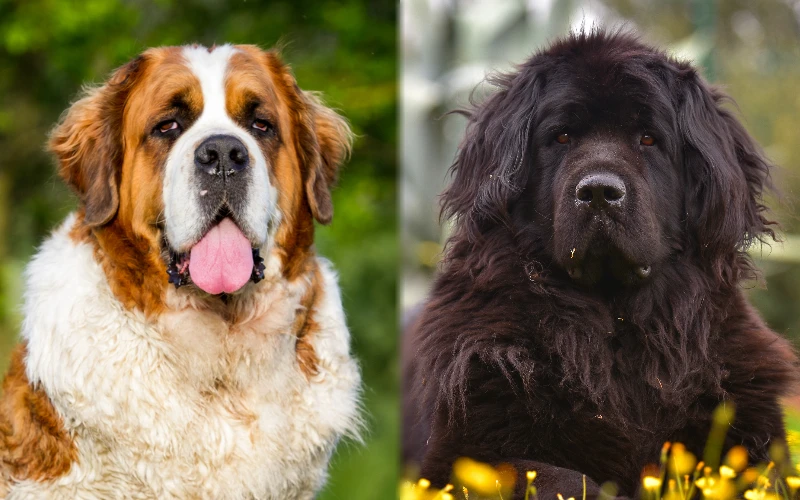How to Find Dog Urine Without a Blacklight (5 Potential Methods)
Updated on
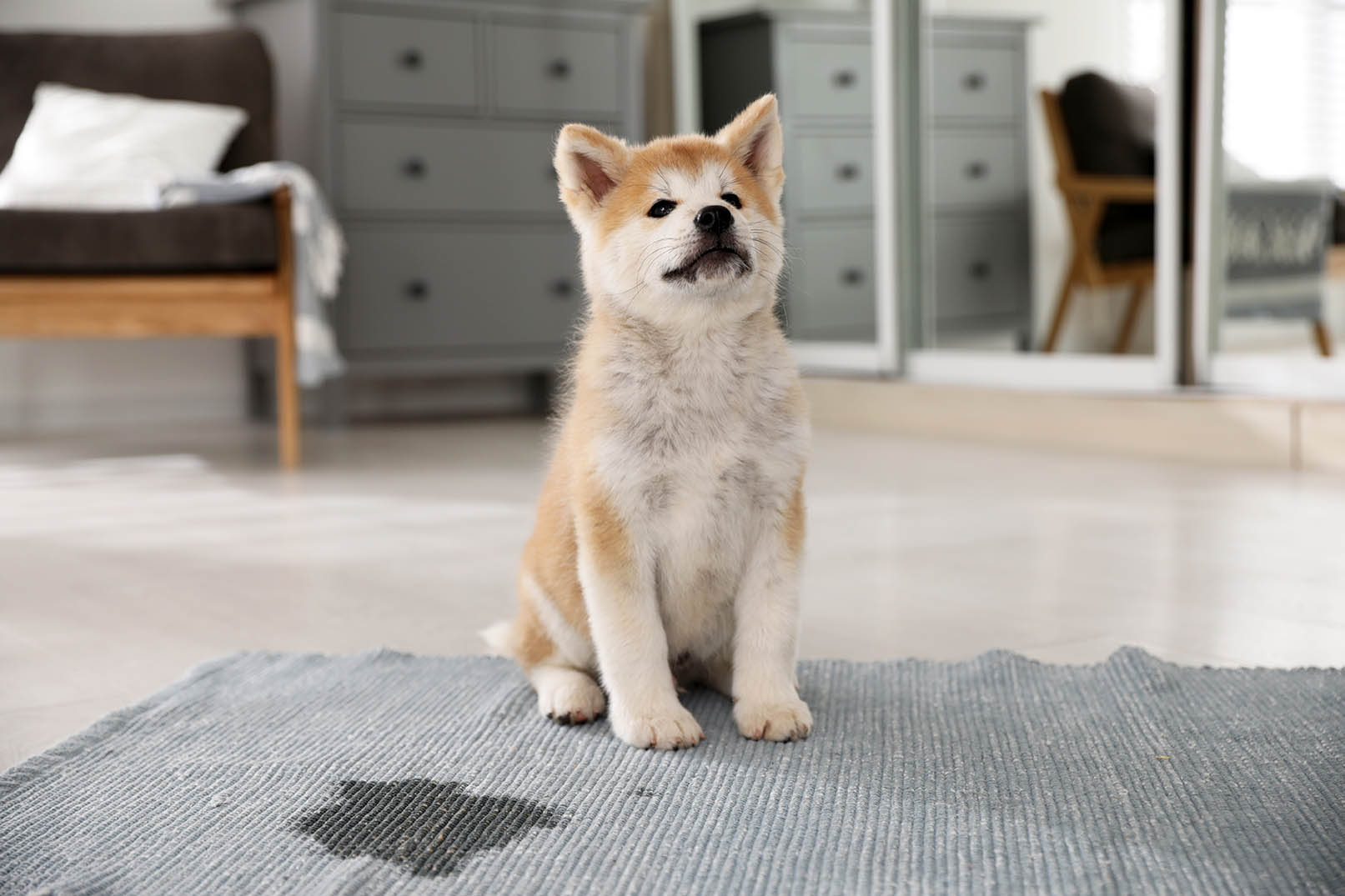
No matter how well-trained our doggies are, sometimes potty accidents do occur. Whether your dog has been stuck inside for too long or just doesn’t want to go outside for whatever reason, it sometimes happens. This could result in accidents on your carpet, floors, and furniture, which aren’t always easy to detect.
You may have heard that you can use a blacklight to find urine since the proteins and phosphorus found in urine glow under the wavelength of the light. But not everyone has a blacklight laying around. That’s why we’re here to offer methods of finding dog urine without using a blacklight. Let’s take a look.
Top 5 Ways to Find Dog Urine Without a Blacklight
1. Be on the Lookout
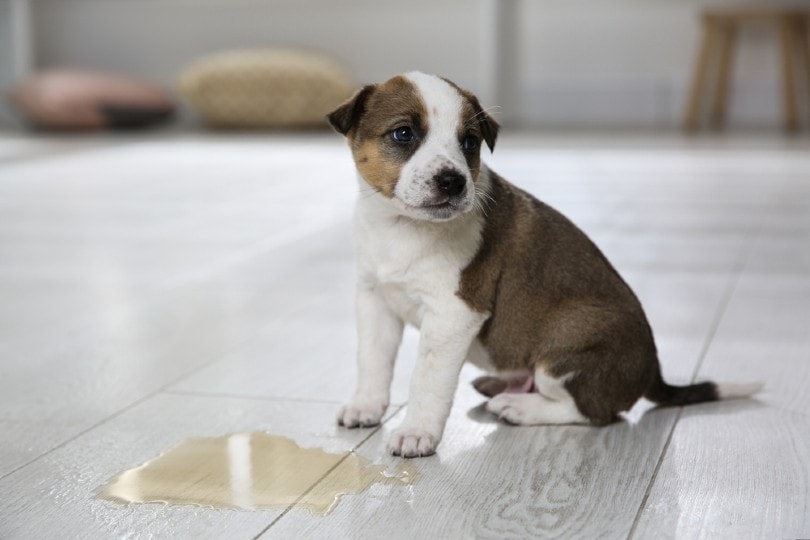
If the urine is fresh and still wet, it’s usually pretty easy to see, especially on furniture. But if the urine is dry or you have a patterned or textured carpet, urine can be harder to detect just by looking for a wet spot. Sometimes instead of looking for wet spots, you have to look for discoloration as well.
Urine contains a chemical called ammonia, which stays behind even when the liquid part of the urine is dried. Carpets, furniture, and even the floor may remain discolored or have noticeable yellow spots, especially if your dog pees in the same area over and over again. If you find a wet or discolored area on your furniture or carpet, it’s usually a good indicator of dog urine.
2. Use Your Sense of Smell
It may seem like another obvious one, but you can usually find the site of dog urine just by using your nose to sniff out the area where your dog peed. The thing about urine is that leaves behind a smell even after it has dried, so this is a good way to find dog urine even if it has been there for a while or if you can’t see any noticeable wet spots or discoloration.
What’s more, is that this method works best if your dog is consistently going to the bathroom indoors in the same place. The smell of dog urine will only become stronger as more of it builds up in one location. Even if you can’t see it, you should be able to at least find the smell so that you can eliminate it.
3. Follow Your Dog
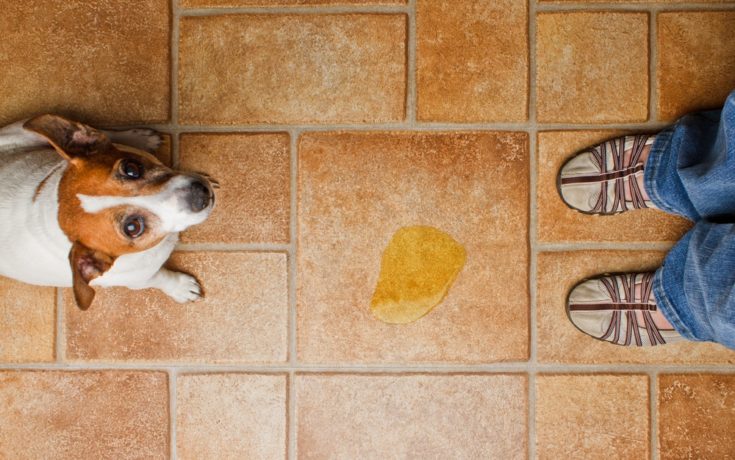
Dogs usually return to the same area to pee. It’s a way to mark their territory with their scent. That means that if your dog pees in the house and you don’t it to clean it up, they are likely to return to the same place to pee again, especially if they aren’t house trained. If you suspect your dog is peeing somewhere in the house but you don’t know where, follow them, especially if you notice them sniffing around.
You’ll find their favorite pee spot in no time, and you can clean up any previous accidents, as well as stop them from peeing there again. Following your dog is also a great way to potty train your dog, as you can stop them before they pee and take them outside so that they know where to go. Just make sure to reward them with a treat for peeing outside.
4. Baking Soda and Hydrogen Peroxide
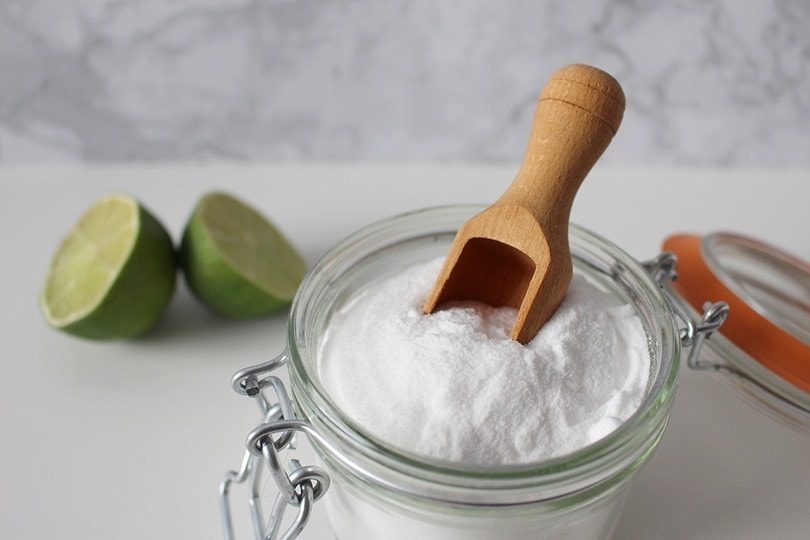
| Tools Needed: | Spray bottle, baking soda, hydrogen peroxide |
If your dog is peeing in an area where urine isn’t easy to see or the odor is being absorbed as well, you may need to use something other than just the obvious methods. That’s where the baking soda and hydrogen peroxide come in, as you can combine these chemicals and spray them in an area where you suspect your dog may have peed.
All you have to do is mix a small amount of baking soda with some hydrogen peroxide in a spray bottle. Then spray the mixture on the carpet or furniture, and the stain will turn white as the ingredients react with the ammonia in the urine. This is also effective in being able to tell exactly how large a urine stain is so that you can be sure to clean it all up.
5. Moisture Probe
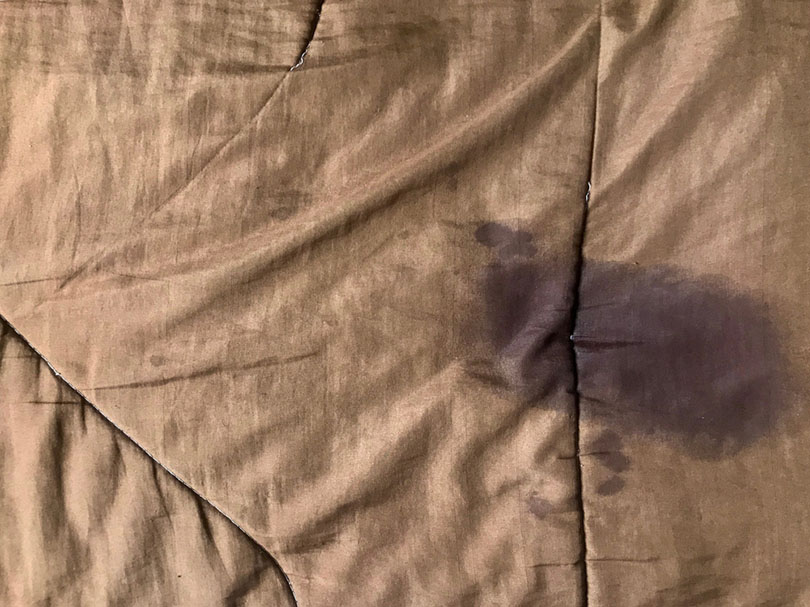
| Tools Needed: | Moisture probe |
Moisture probes are used to detect the amount of moisture in the soil, but they can also be used to detect moisture in other surfaces as well. Moisture probes are very affordable and can be purchased at your local garden center if don’t already have one at home. They can be valuable tools for detecting moisture due to dog urine, as cleaning it all up good can lead to unpleasant smells and even mildew growth.
For example, let’s say that your dog pees on the couch, and some of the urine gets in between the cushions. You can stick a moisture probe in between the cushions to see how much moisture is left and make sure you clean it all up.
So, Now That You’ve Found the Urine, What’s Next?
Once you’ve found the urine, it’s important that you clean it up properly. If you don’t you could be left with an unpleasant odor as well as a potential respiratory hazard as a result of breathing in the ammonia fumes. This is especially true if dog urine builds up in one area over time.
But the ammonia in dog urine is what makes it so tricky to clean up. You have to not only dry up the moisture if it isn’t dry already, but you have to find a way to get rid of the ammonia as well.
If the urine is still wet, you can use paper towels or newspaper to absorb as much of the moisture as possible. Follow up by sprinkling baking soda over the spot and letting it sit overnight to absorb the rest of the odor as well as the moisture. Then vacuum up the baking soda the next morning.
Alternatively, you can use a cleaning product specifically designed to clean up pet urine. These are especially effective if the urine spot is dry, as these products will help to break up some of the ammonia in addition to containing ingredients that discourage your dog from peeing in the same spot again.
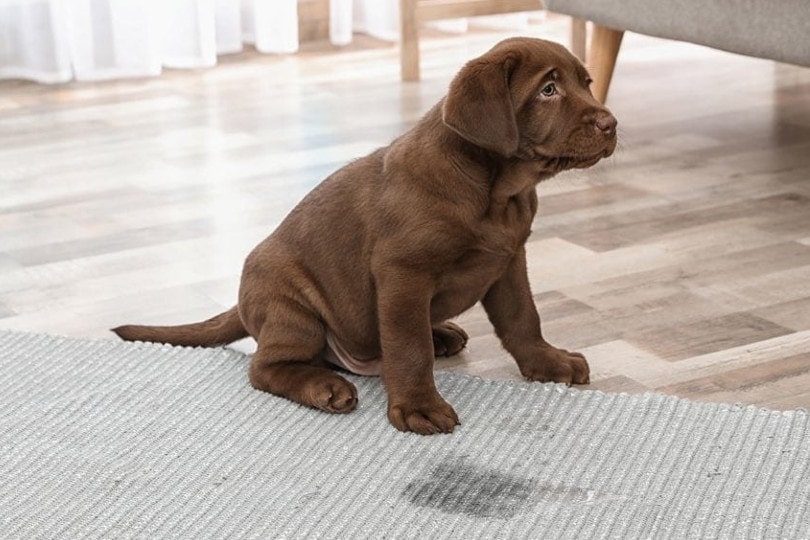
How to Stop Your Dog From Peeing in the House
Now that you’ve found and cleaned up the urine, your next step is to try to prevent your dog from peeing in the house again. To start with, close off any rooms or areas that your dog likes to pee in. That way, they’ll have to pee in more open areas and it will be easier to notice when they’re about to pee somewhere.
Next, you’ll need to watch for signs that your dog is about to pee in the house, such as sniffing around or circling one particular area. For male dogs, watch for their leg to raise slightly, and for female dogs, watch for them squatting down. If you see any of the above signs, make a loud noise to distract your dog, then take them outside immediately to pee. Be sure to reward them with a treat and praise afterward.
Sometimes, your dog may have started to pee, in which case you can still make a loud noise to distract them and then take them outside to finish. Just remember, there are going to be some instances in which accidents do happen, no matter how well-trained your dog is.
Conclusion
Even though blacklights are just one way to detect dog urine, they aren’t always available, nor can they detect urine 100% of the time. Hopefully, you’ll be successful at finding dog urine by using one of these other methods if you don’t have access to a blacklight. Just remember to clean the urine up afterward to prevent any unpleasant odors as well as decrease the chances that your dog will pee there again.
Featured Image Credit: New Africa, Shutterstock



